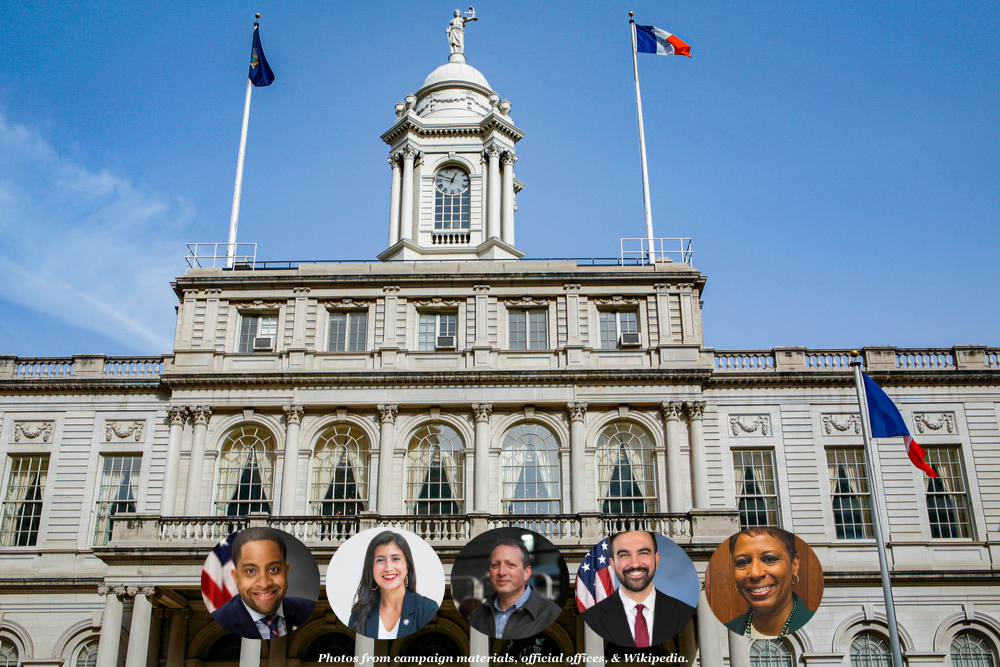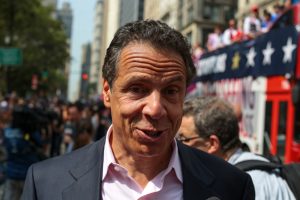By Brian Figeroux, Esq.
Executive Summary: After the Ballots Are Counted: Who Keeps Watch on NYC’s New Mayor?
In New York City’s 2025 mayoral election, candidates are offering bold promises on housing, policing, jobs, and economic reform. But campaign promises are not legally enforceable, and history shows how quickly they can evaporate once in office. This analysis explores the accountability gap in NYC politics: how elected officials are (and aren’t) held responsible for broken pledges, what mechanisms exist for public recourse, and why real accountability demands more than just waiting for the next election.
Investigative journalism, City Council oversight, grassroots activism, and legal challenges offer vital checks — but structural barriers, political spin, and voter fatigue often weaken their impact.
Ultimately, ensuring that 2025’s mayor delivers on their promises will require continuous public pressure, organized activism, and a refusal to let leadership off the hook. In a city built on hustle and hope, New Yorkers must stay engaged beyond Election Day to make change real.
New York City’s 2025 mayoral election is bursting with promises: a living wage for all, affordable housing for every family, a safer city with equitable policing, green jobs for a cleaner future. Candidates crowd debates and town halls, vowing transformational change. Yet longtime New Yorkers have seen this cycle before.
From Ed Koch to Bill de Blasio to Eric Adams, sweeping promises often fade into bureaucratic compromise — or outright abandonment — once the realities of governance set in. As voters prepare to elect a new mayor, a critical question looms: How can New Yorkers ensure that those who win their trust actually deliver on their promises? And when they don’t, what meaningful recourse does society have?
The Nature of Campaign Promises
Campaign promises are the lifeblood of elections — vivid, urgent, often grandiose. Candidates paint visions of a better city not just to inspire, but to differentiate themselves in a competitive field. Yet these promises, for all their importance, are not legally enforceable.
Unlike contracts in the business world, campaign platforms are not binding agreements. No candidate is legally obligated to fulfill their promises once elected. Courts have consistently ruled that campaign statements are “political speech” — protected, aspirational, but ultimately non-actionable.
This creates a built-in tension between political reality and public trust. Voters rely on campaign promises to make informed choices. Yet candidates know that once elected, circumstances — fiscal constraints, political opposition, federal or state mandates — can be invoked to explain broken promises.
In 2025, candidates are pledging sweeping reforms: universal childcare, expanded rent control, police reform with community oversight. These goals are popular but will require massive budgetary shifts, state-level cooperation, and political bravery that history suggests may not materialize once the polls close.
Thus, the first critical point: Voters must recognize the gap between election rhetoric and governing reality — and plan accordingly.
Mechanisms of Accountability
If campaign promises are not enforceable, how can voters and civil society hold elected officials accountable?
- Elections — But They Come Late
The most basic mechanism of accountability is the next election. If a mayor betrays their promises, they can be voted out after four years. But for voters struggling with rent hikes, police abuses, or school closures, four years can feel like an eternity.
Additionally, incumbents often enjoy powerful advantages: media visibility, donor networks, and the inertia of name recognition. Unseating a mayor — especially one skilled at spinning partial successes — remains difficult.
- Media and Investigative Journalism
The press plays a vital role in exposing broken promises. Outlets like The City, Gothamist, and City Limits often track policy pledges against actual outcomes.
- Investigative journalism can pressure leaders by exposing failures, highlighting suffering communities, and rallying public opinion.
- However, media fatigue, polarization, and shrinking newsroom budgets weaken this accountability mechanism.
- City Council and Legal Checks
The City Council acts as a legislative counterbalance to the mayor.
- It can block budget initiatives, subpoena officials, and pass laws constraining mayoral power.
- Public Advocate’s office — the city’s official watchdog — can shine a spotlight on failures.
- In extreme cases, legal challenges (e.g., lawsuits around housing policy or discrimination) can force the city to act.
Still, political realities mean that City Council members often share political alliances with the mayor, blunting their willingness to confront serious failures head-on.
- Citizen Activism and Watchdog Groups
Grassroots movements remain a powerful force.
- Tenant unions, police reform coalitions, immigrant rights organizations, and environmental groups have historically forced change through protests, lawsuits, and public pressure campaigns.
- Groups like Make the Road NY, Communities United for Police Reform (CPR), and the Legal Aid Society will continue to serve as critical accountability engines in 2025.
However, organizing is resource-intensive, and fatigue can set in after repeated battles with city hall bureaucracy.
Limitations and Challenges
Even with these mechanisms, major obstacles to true accountability remain.
- Structural Barriers
Often, mayors inherit challenges that can’t be solved within city limits.
- NYC cannot control state laws governing rent control without Albany’s cooperation.
- Federal immigration policy, health care policy, and education funding tie the city’s hands.
- Budgetary crises, like unexpected economic downturns, force sudden pivots away from progressive agendas.
Thus, even well-meaning politicians may find their promises constrained by forces beyond their control — but the public may still hold them accountable for outcomes they can’t completely manage.
- Political Excuses and Media Spin
Modern political communication is expert at reframing failures:
- “We didn’t break the promise, we reimagined it.”
- “The plan is delayed, not abandoned.”
- “External factors forced a change in priorities.”
Unless investigative media and organized citizens push back hard, these narratives often stick — allowing broken promises to go largely unpunished.
- Voter Disillusionment and Disengagement
Repeated cycles of disappointment can breed cynicism.
- When voters feel their choices don’t matter, turnout drops.
- Disengagement disproportionately affects working-class and non-white communities — those who most need change.
The risk in 2025 is that high-sounding promises, if broken without consequence, could deepen democratic erosion at the local level.
Conclusion
The mayor who wins New York City’s 2025 election will inherit a bruised, hopeful, and demanding electorate. They will owe their victory to a constellation of promises — promises that voters must insist be kept.
Yet real accountability will not come automatically. It will require constant vigilance from the media, persistent pressure from citizens, and a willingness to challenge the inevitable excuses and delays. It will demand that New Yorkers stay organized, informed, and engaged long after election night’s confetti has been swept away.
In a city that prides itself on resilience and reinvention, voters must now demand not just inspiration from their leaders — but action.
Click Here to Schedule a Consultation with Figeroux & Associates Today!




